Cheap Vs Expensive Golf Bags: What You Need To Consider
If you're in the market for a new golf bag, there's a lot to consider when it comes to price, especially in today's economic environment


While golf bags have long been offered in a wide range of styles, they come at a wide array of price points as well. And with inflation soaring around the world, it’s important that golfers who are in the market for a new golf bag understand what can constitute such dramatic cost differences as they try to make a choice.
The list below includes crucial factors that influence price when it comes to golf bags. Use this list as a reference when you’re shopping to identify what you view as most important in your decision-making process, as well as what to look for in a bag. There are certainly great values to be found but also keep in mind that a golf bag is an investment, so be sure to consider the long-term value of the bags you’re considering in addition to what they cost today.
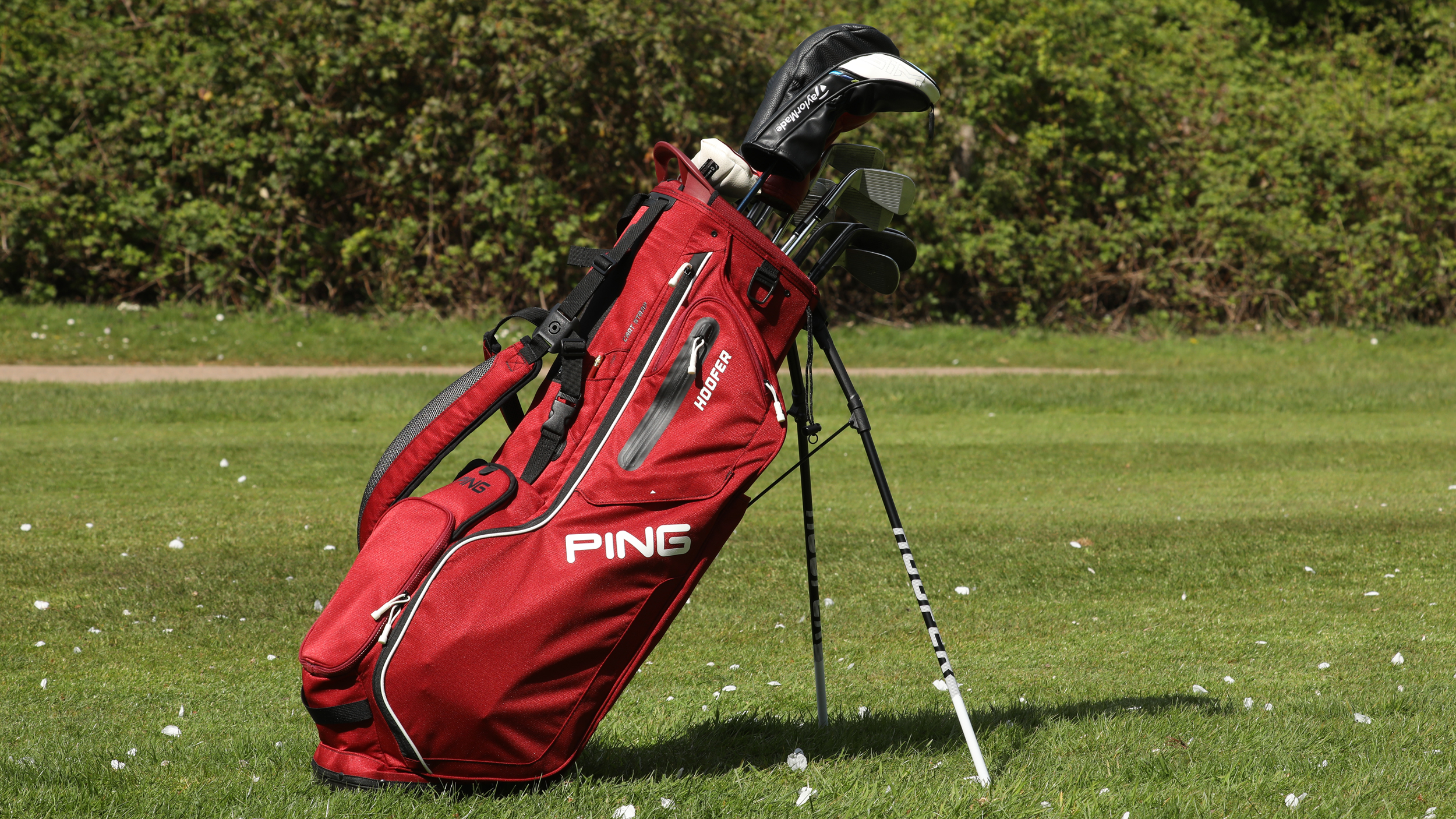
The stand bag is probably the most popular type of golf bag given that it can be used by walkers who carry their bags or use push carts, as well as by those who ride when they play.
Bag Type
As mentioned, there are several types of bags available for golfers to choose from depending on their needs. Included would be Tour bags, cart bags, stand bags, and Sunday or pencil bags. And as you might guess, they all vary in price. Of that group, Tour bags, which are the types of golf bags you see players on all of the major professional tours using, would typically be most expensive, while lightweight Sunday and pencil bags would be the least expensive given their overall simplicity. As for cart and stand bags, there’s typically some overlap there in terms of retail pricing, but if anything cart bags would tend to be slightly more expensive across the board.
The driving factor around cost as it relates to bag type would be the size of the bag, its features, and the types of materials used in its construction, some of which will be discussed in more detail below. For golfers, the biggest determination in making a selection, along with budget, should revolve around whether you walk when you play, ride when you play, or do a combination of both. If you’re a walker and you carry your clubs, a lightweight stand bag will be your best option, while full-time riders should look toward a cart or Tour bag given the added space that it will provide. If you walk and ride, make your decision based on the walking you do, because a stand bag will always work just fine on a riding cart or push cart.

Having plenty of pocket space and pockets that will protect your prized possessions, as is the case with the Ping Traverse, adds value to a golf bag.
Storage Capacity
One of the most important features that a golf bag has to offer is its storage capacity, which directly relates to the number of pockets that are available. The more pockets a golf bag has, the easier it is for you to have everything you’ll need on the golf course and divide it up. Larger golf bags typically offer more pockets, but the best stand bags and Sunday/pencil bags offer ample storage for players as well.
Additionally, it’s not just about the number of pockets but also what type of pockets are incorporated into the design. Full-length apparel pockets add value to a golf bag, as do lined and/or waterproof pockets that will protect valuables such as a phone, watch, rangefinder, or wallet during play. The best golf bags also typically feature well-constructed zippers, allowing your pockets to work most effectively over time.
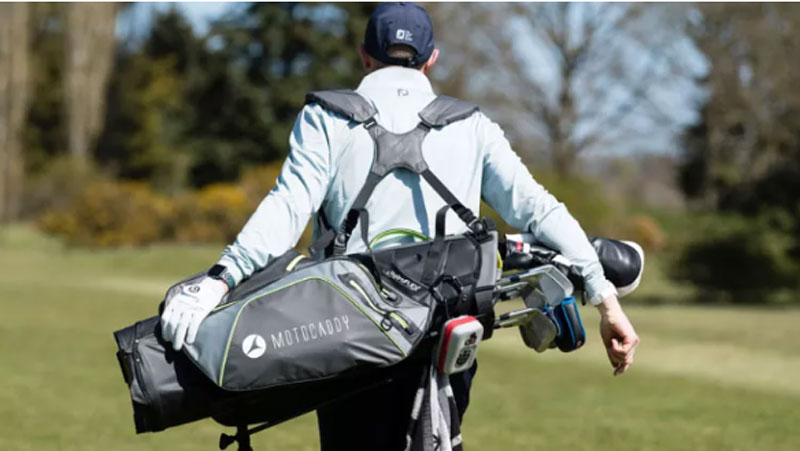
A quality strap system, like the one offered with the Motocaddy Hydroflex Stand Bag, is a feature you'll want to have if you plan on walking and carrying your golf bag.
Additional Features
In addition to storage, the more features a bag offers typically results in a higher price point. If you’re paying a premium price for a golf bag you’ll want to make sure it includes features such as a rain hood, an umbrella holder, a cooler or insulated pocket of some sort to keep drinks cold, and strategically placed, sturdy handles that make it easy to get the bag in and out of a car or on and off of a riding or push cart.
Subscribe to the Golf Monthly newsletter to stay up to date with all the latest tour news, equipment news, reviews, head-to-heads and buyer’s guides from our team of experienced experts.
Also be sure to look at the bag’s straps, especially if it’s a stand bag and you plan on walking most of the time. A quality strap system that’s easy to adjust and provides balance and comfort when you walk is worth the extra cost associated with that functionality.

Eco-Lite bags from Sun Mountain are made using recycled bottles, which results in a lightweight material that's environmentally friendly.
Construction/Materials
Not all golf bags are created equal, and that’s especially true when it comes to the materials used in their design and how time intensive the process is to construct a given bag. And just as is the case with many other products that you buy, different materials come with different costs, which ultimately will affect the retail price. As mentioned, most Tour bags are constructed using premium leather, which is why they are typically quite expensive.
Other bags use high-quality, lightweight materials to keep the weight of the bag as low as possible, which creates inherent value for walkers. And if you’re looking at a stand bag, make sure to research what material is being used for the legs, as stronger materials like carbon fiber will hold up through significant use and create long-term value. Additionally, in society today, you will find environmentally friendly golf bags that have been constructed using recycled materials. That’s a time intensive, expensive process that will create a higher price point.
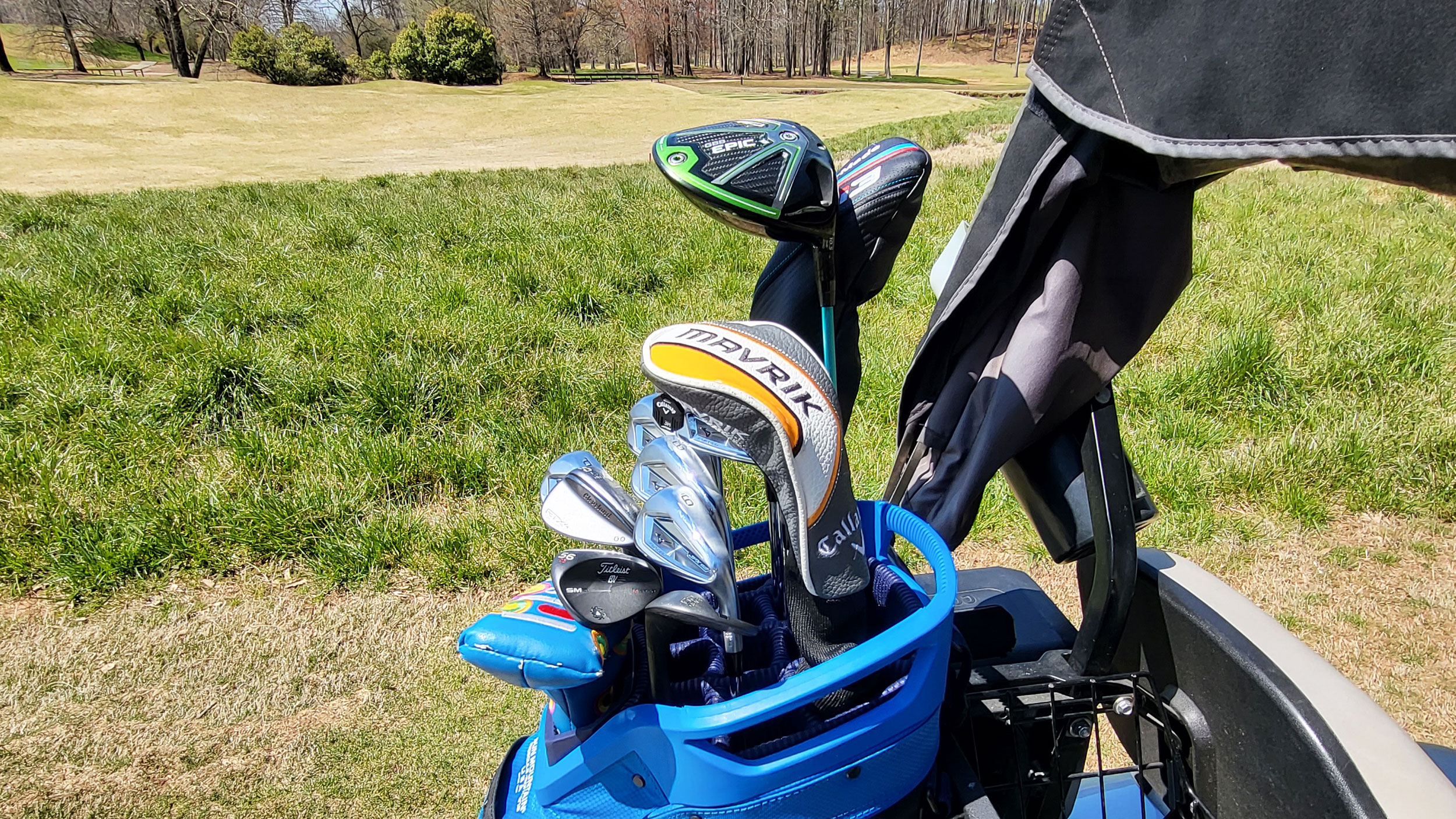
The Sun Mountain C-130 is one of many golf bags that has padded, full-length dividers for each club and a putter well, which creates value by offering protection for a golfer's clubs.
Dividers
A quality golf bag isn’t just for housing your golf clubs and accessories, it’s for protecting them as well, as was discussed earlier in terms of the quality of pockets a bag offers. And that’s especially true when it comes to a bag’s dividers. How many dividers a bag has, the length of the dividers, and the protection they provide are all factors in what separates bags based on price. Do NOT overlook this area when you’re shopping. The last thing you want to do is buy a golf bag that will not protect your golf clubs, as by trying to save money you’ll end up costing yourself more money down the road.
Full length dividers that use some sort of foam or lining as protection do wonders in eliminating “bag chatter” on your clubs and shafts, and a dedicated putter compartment offers great value in keeping that particular club free from nicks and dings. There are golf bags available that have been specifically designed to keep your clubs securely in place during play to offer protection as well as noise reduction. Two that come to mind are the Motocaddy Protekta, Ogio Silencer, and Bennington Quiet Organizer 14. Of course, if the bag you’re looking at delivers some of those desirable qualities, you can expect it to come at a more premium price.
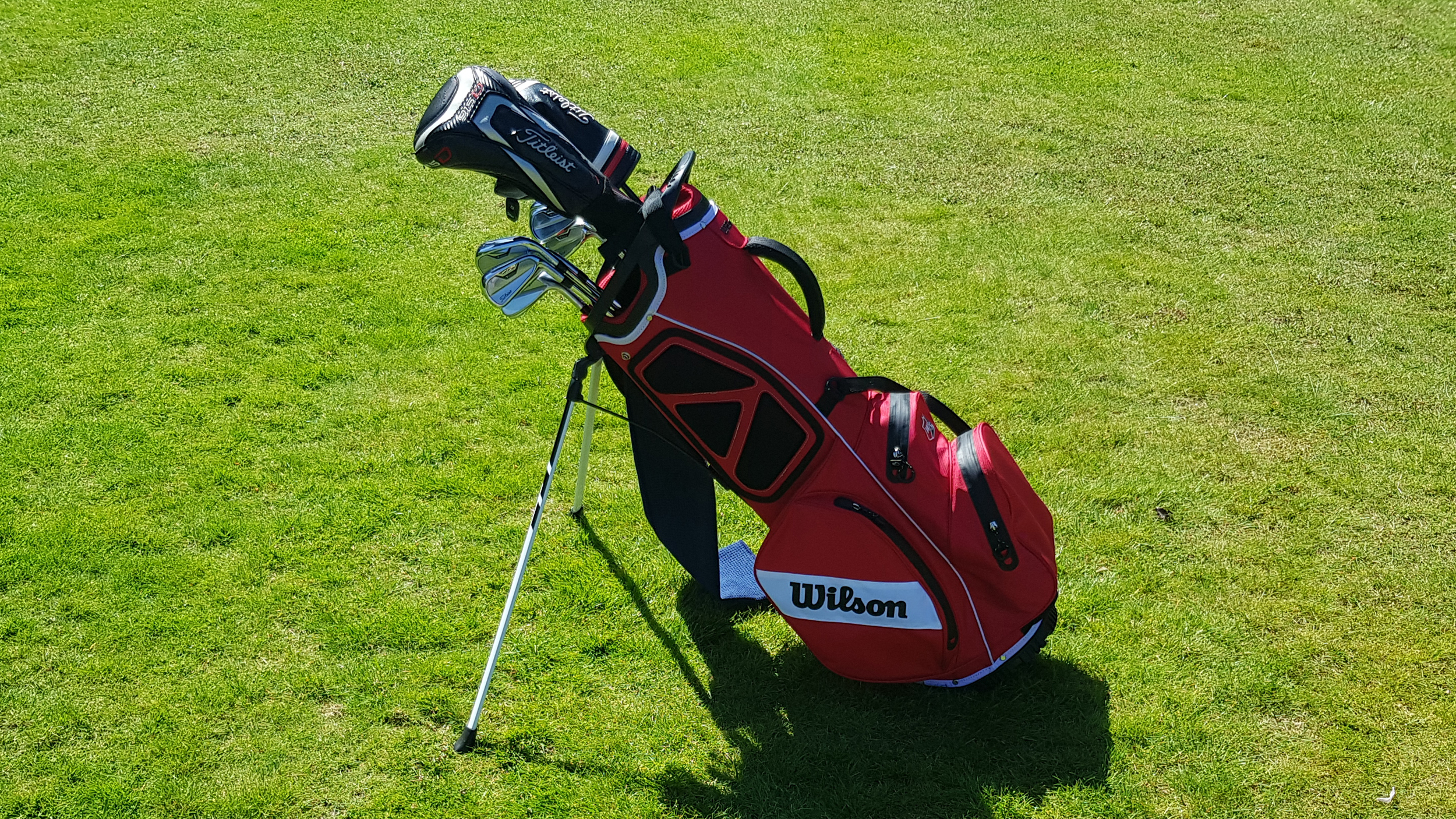
Waterproof bags like the Wilson Staff EXO Dry can come with a loftier price tag, but if you're someone who frequently plays in rainy conditions, a fully waterproof bag is worth the extra money.
Waterproofing
Another factor when it comes to protecting your equipment is whether or not a bag is fully waterproof. It should be noted that the majority of golf bags are not fully waterproof. But if you’re looking at one that is, it will typically come at an added cost. There are also golf bags that aren’t fully waterproof but offer some level of water resistance, which will typically suit most golfers just fine if they get caught in a quick shower on the course.
This is one area where you can look to save a few dollars on your purchase if you simply aren’t going to brave 18 holes in a steady downpour. On the other hand, if you’re a serious tournament player, having a waterproof bag might be non-negotiable for you. Either way, make sure you know what you’re getting and evaluate that feature accordingly when you’re considering cost.
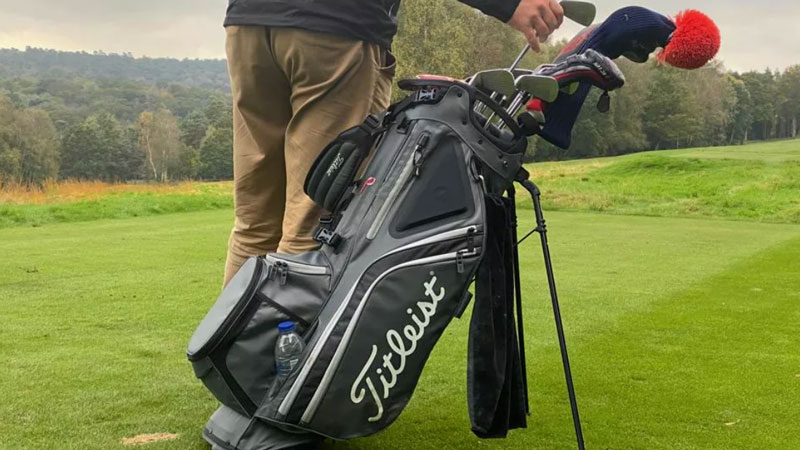
If you're planning to get a bag from one of the most popular manufacturers in golf, such as Titleist, you can expect to pay a little more for the branding.
Brand Name
There are plenty of golfers who have strong brand allegiances, which is perfectly fine and understandable. If it's important to you, however, to have Ping or Titleist or Callaway or TaylorMade splashed across your golf bag, you can expect there to be some added cost for that name recognition. After all, those companies have the visibility they have thanks in large part to the marketing dollars they spend to promote their products, and as a consumer you’re going to contribute to the cause.
A brand like Sun Mountain, meanwhile, might not have as much sizzle name wise, but it makes some of the best golf bags in the world. Datrek, BagBoy, Big Max, and Ogio are other brands that offer high-quality products at competitive prices. But if you’re willing to forego the “big” name, that’s definitely a way in which you can save some money when buying your next golf bag.

Chris joined Golf Monthly in February of 2022, becoming the organization’s first full-time staff writer in the United States. In his role at Golf Monthly, Chris reviews a broad spectrum of golf equipment, ranging from the latest in golf clubs to what’s new in the world of golf technology. His vast experience in the game allows him to look beyond the marketing hype to judge the merits of the latest equipment for golfers of all ability levels. As for the trend in golf equipment that Chris has been most impressed with in recent years, the Players Distance Iron category would earn that distinction, as golfers now have far better options for irons that provide the assistance that so many need in terms of distance and forgiveness without forcing them to sacrifice look and feel.
On a personal level, Chris played college golf and was a three-year letterwinner and two-year captain at Lynchburg College in Virginia and later spent two years as the assistant golf coach at the University of Virginia. The vast majority of his professional career, however, has been spent as a sports writer and editor. In the early phases of his career, he covered college football, college basketball, and golf for different newspapers and websites before turning his attention solely to golf in 2011. Over the course of the past decade, Chris managed the Instruction Blog for GolfChannel.com and more recently created equipment-related content for TGW.com and 2ndSwing.com.
An avid player, Chris currently maintains a handicap index of 2.4 and has a career-low round of 66, which he has shot on three occasions. He lives about 20 miles north of Atlanta in Roswell, Georgia, with his wife, Stacey, and is a member at Atlanta National Golf Club.
Chris is currently playing:
Driver: Callaway Epic Sub Zero, 10.5*
Fairway wood: TaylorMade M3, 17*
Hybrid: Callaway Apex UW, 19*
Irons: Mizuno JPX 921 Forged, 4-PW
Gap wedge: Cleveland RTX 4, 50*
Sand wedge: Titleist Vokey SM6, 56M
Lob wedge: Titleist Vokey SM8, 60L
Putter: SeeMore Nashville Z3C
Ball: TaylorMade TP5x